Mining Equipment Fleet
Industry Overview
Key Features
Challenges
Remote sites
Many sites that use off-road vehicles, like mines, are at remote locations. It can be difficult for them to rely on outside lab analysis to test their oil because it can take weeks to send samples into a lab and receive results. By the time they determine there is a problem with the vehicle, it has been returned to service and could suffer a major breakdown. Testing oil on-site allows them to make instant service decisions and keep their vehicles running.
Harsh environments
Construction and mining equipment operate in conditions that are hard on the components. Just the nature of the work they do exposes the vehicles to large amounts of contamination and debris that can cause damage especially to the hydraulics and gears which are sensitive to particulate contamination. Continually monitoring the oil condition can prevent unexpected breakdowns
Oil drains are expensive for large vehicles
By monitoring oil condition with on-site analysis the maintenance staff can determine if the oil drain interval can be extended safely. Reducing the number of oil drains required per vehicle by even just one time per year can provide significant savings across a fleet of vehicles, especially when it involves the large vehicles used in mining and constructions
Repair costs can be high
Oil analysis can help identify potential problems early – before they become catastrophic and costly repairs. On-site analysis provides the service technicians the information about the vehicle while it is still in the garage so repairs can be made immediately before it goes back out on the road. Large mining and construction equipment can be enormously expensive to repair so catching a small problem before it becomes a major issue can be a huge cost savings.
Downtime of vehicles impacts service and revenue
When a vehicle is unavailable due to mechanical problems it means it is not available to provide necessary service like in the case of a city transit bus or if it is part of the public works fleet for things like snow removal. For companies like freight haulers or mining equipment it means it will impact the revenue generating service it provides. Oil analysis can help fleet managers to ensure their vehicles will be up and running when they are needed.
Typical Tests & Applications
Particle count - a high particle count or a rapid increase in particles can foreshadow an imminent failure.
Particle composition - it is often important to understand the elemental composition of particles in order to find out where they came from. Optical Emission Spectroscopy gives the user elemental information for up to 32 elements, from Li to Ce (varies with application).
Particle type - The size, shape and opacity of particles is used to determine if they are from cutting wear, sliding wear, fatigue wear, nonmetallic or fibers. This allows operators to determine the type of wear debris, wear mode and potential source from internal machinery components.
Ferrous wear - Ferrous wear measurement is a critical requirement for monitoring machine condition. The high sensitivity magnetometer measures and reports ferrous content in ppm/ml, and provides ferrous particle count and size distribution for large ferrous particles.
Chemistry
Total Acid Number (TAN)- TAN is measured to determine the corrosive potential of lubrication oils. If the TAN gets too high the oil can induce corrosion of machine parts and should be changed.
Total Base Number (TBN) - TBN measures the amount of active additive left in a sample of oil. The TBN is useful for people who want to extend their oil usage far beyond the normal range. The TBN of a used oil can aid the user in determining how much reserve additive the oil has left to neutralize acids. The lower the TBN reading, the less active additive the oil has left.
Viscosity - The main function of lubrication oil is to create and maintain a lubrication film between two moving metal surfaces. Insuring the viscosity is within recommended ranges is one of the most important tests one can run on lube oil.
Oxidation, Nitration, Sulfation - Lubricating oil at elevated temperatures can react with oxygen and nitrogen in the atmosphere, as well as sulfur in fuel, to form undesirable by-products that can affect the oil's viscosity and lead to corrosion or damage of equipment.
Contamination
Fuel Dilution- Fuel dilution in oil is a condition caused by excess, unburned fuel mixing with engine oil in an engine crankcase. Hydrocarbon-based fuel, usually with a lower vapor pressure than the lubricant, has a thinning effect, lowering the oil viscosity. Oil film strength is reduced, increasing the cylinder liner and bearing wear.
Soot - Soot is a product of combustion and has always been found in engine oils. Soot can use up an oil's additives and deposit on vital engine surfaces.
Glycol - Glycol is found in engine coolant. If glycol is found in engine oil it typically indicates there is a leak in the engine that can cause catastrophic damage to the cylinder or cylinder wall.
Water- Water contamination in industrial oils can cause severe issues with machinery components. The presence of water can alter the viscosity of a lubricant as well as cause chemical changes resulting in additive depletion and the formation of acids, sludge, and varnish.
Industry Resources
No Resources Available
We're currently updating our resource library for this industry. Check back soon or contact us to request specific documentation.
Request DocumentationSupporting Products
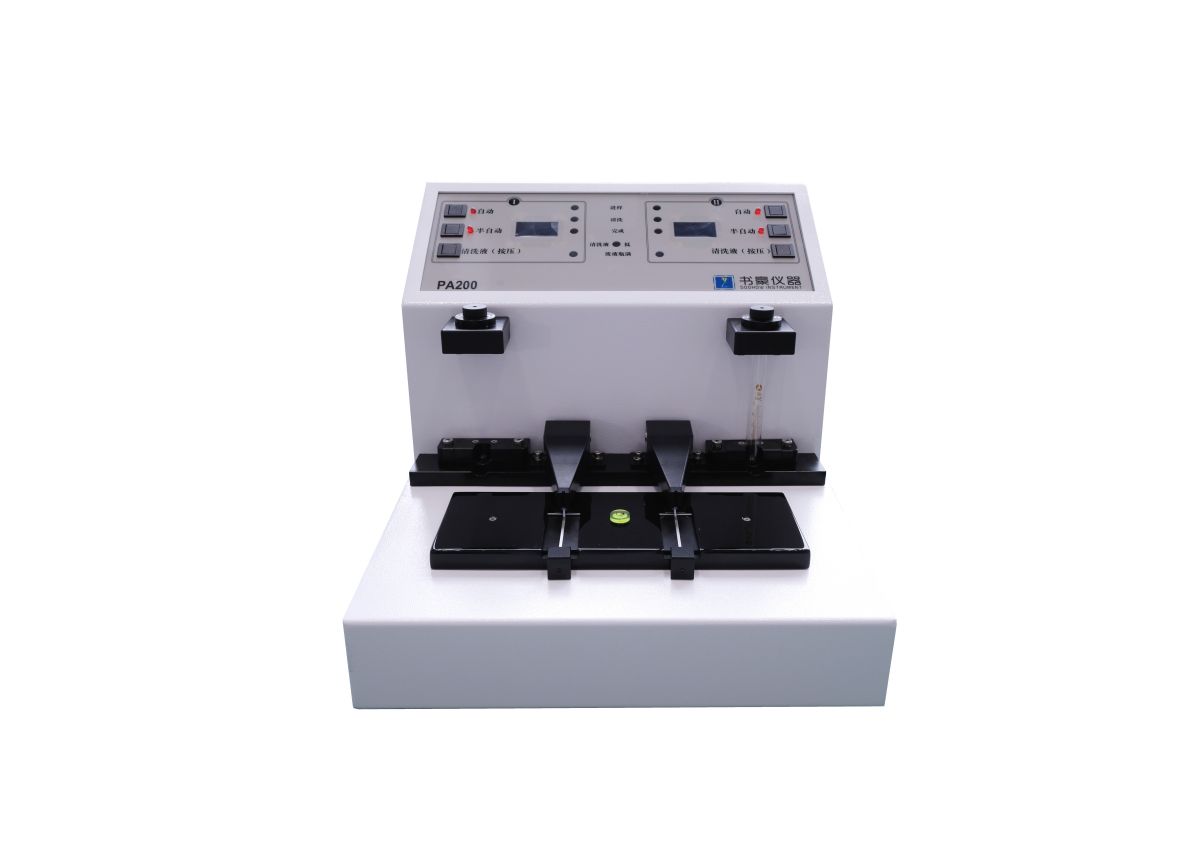 Oil Analysis
Oil Analysis
Dual analysis ferrograph PA200
The PA200 is a dual-circuit bench-top ferrograph engineered for simultaneous qualitative and quantit...
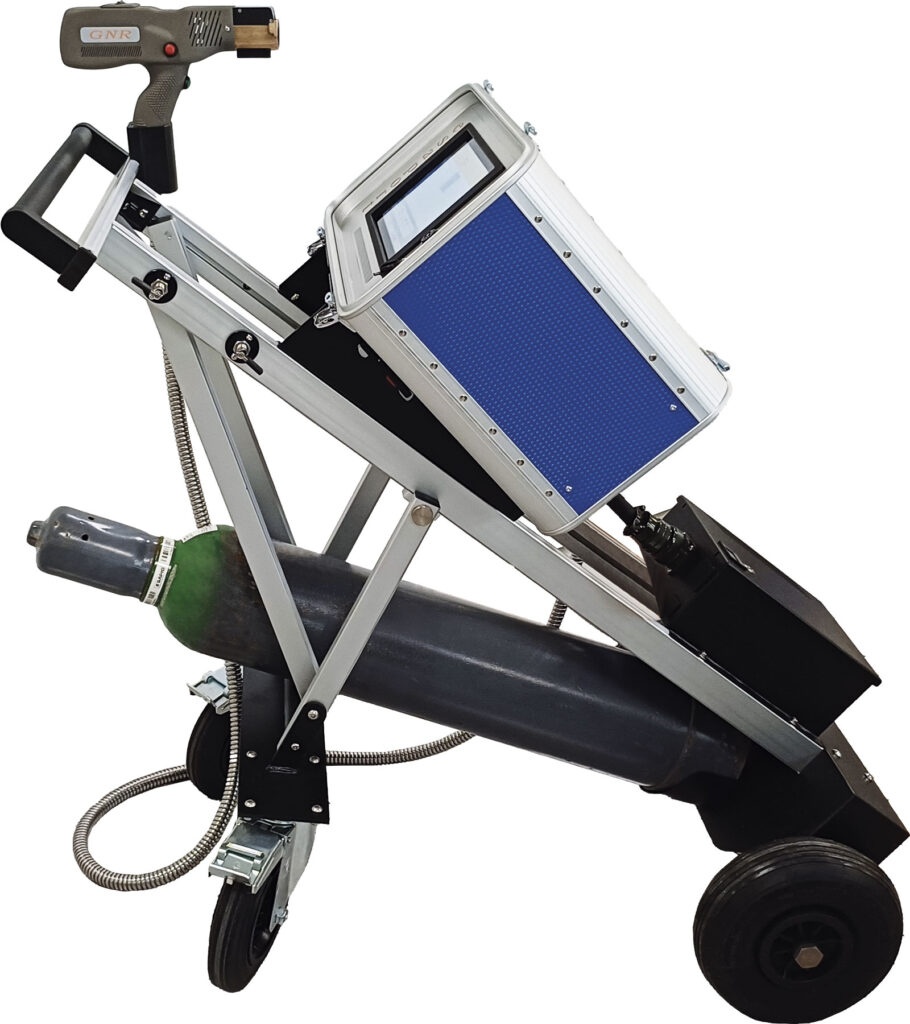 Metal Analysis
Metal Analysis
E3 Esaport
The E3 Esaport is a compact, field-ready spark/arc optical emission spectrometer (OES) designed for ...
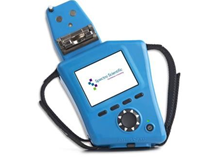 Oil Analysis
Oil Analysis
FluidScan® 1000 Series
The FluidScan is a handheld infrared spectrometer used for on-site oil condition analysis. It measur...
 Oil Analysis
Oil Analysis
iLube – Intelligent Lubricant Diagnostic
iLube is a smart, flexible, and multilingual oil analysis software platform designed to work with a ...
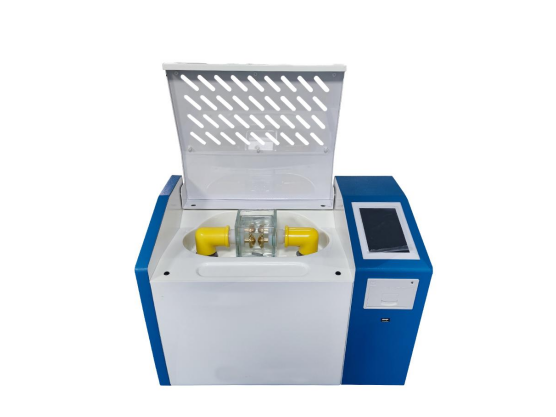 Oil Analysis
Oil Analysis
JKJQ‑1A Insulating Oil Dielectric Strength Tester
The JKJQ‑1A is a fully automatic, portable single-cup tester designed to measure the dielectric (b...
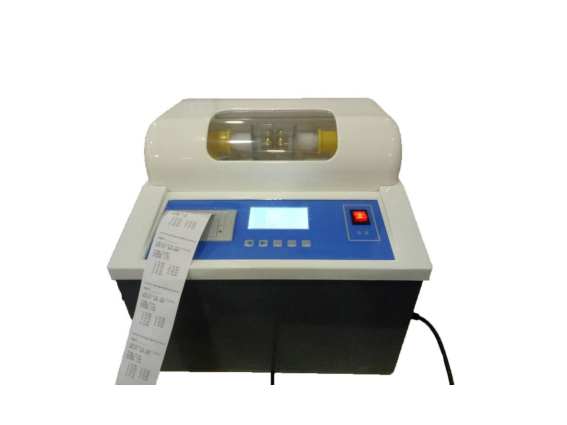 Oil Analysis
Oil Analysis
JKJQ‑1B Dielectric Strength Tester
The JKJQ‑1B is a fully automatic, single-cup dielectric strength tester for insulating oils, ideal...
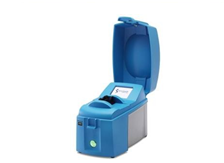 Oil Analysis
Oil Analysis
MiniVisc 3000
The MiniVisc 3000 is a groundbreaking portable kinematic viscometer that delivers laboratory-grade v...
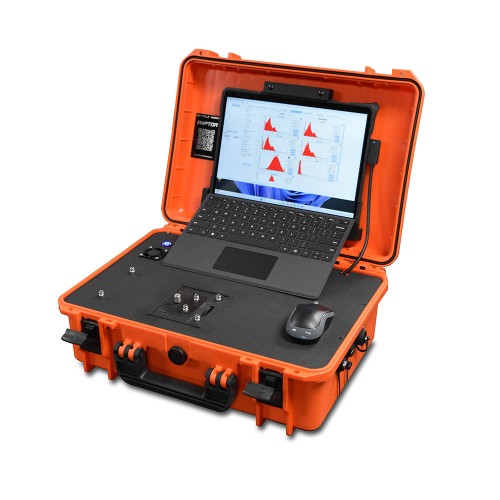 Oil Analysis
Oil Analysis
Pi Raptor Portable
The Raptor Portable Dry Powder Particle Size & Shape Analyzer is the first truly portable system tha...
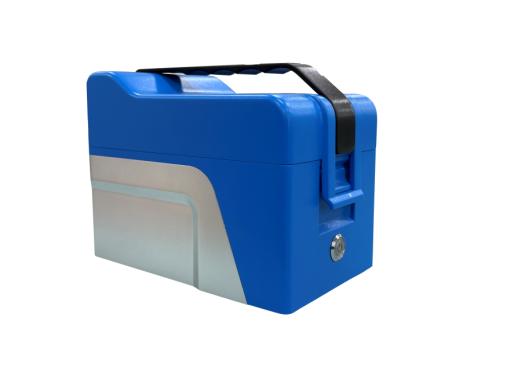 Oil Analysis
Oil Analysis
Portable Kinematic Viscometer VS800
The VS800 Portable Kinematic Viscometer is a precision, multi-purpose viscosity measurement tool des...
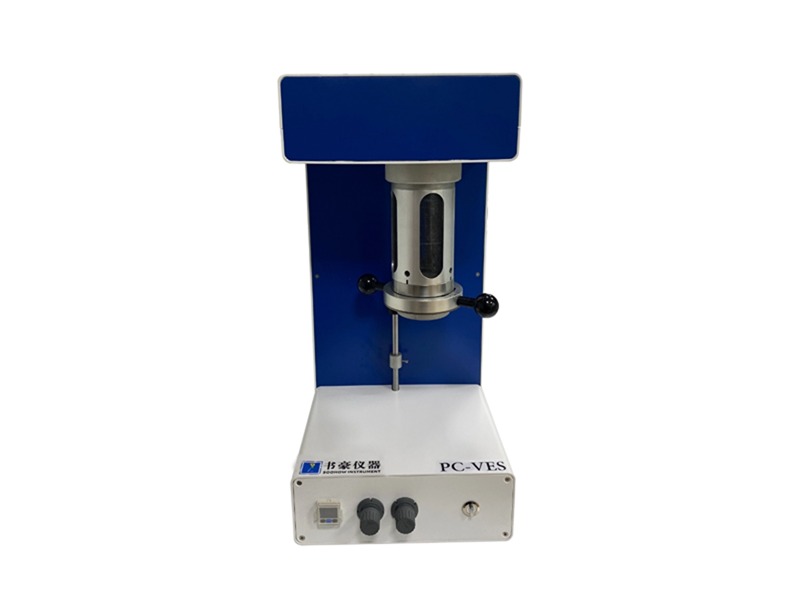 Oil Analysis
Oil Analysis
Positive and Negative Pressure Sampler PC‑VES
The PC‑VES is a portable positive/negative pressure oil sampler designed for high-viscosity fluids...
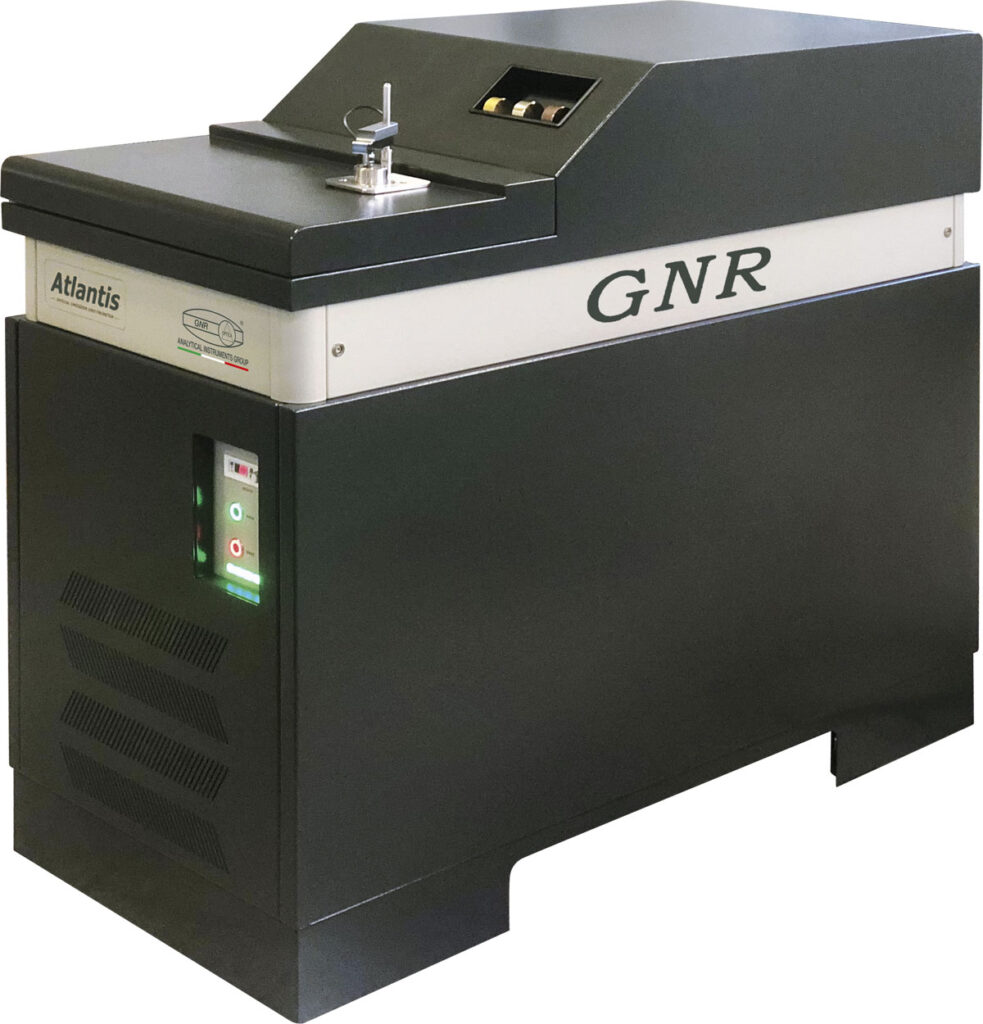 Metal Analysis
Metal Analysis
S9 Atlantis
The S9 Atlantis is GNR’s top-of-the-line laboratory optical emission spectrometer, combining decad...
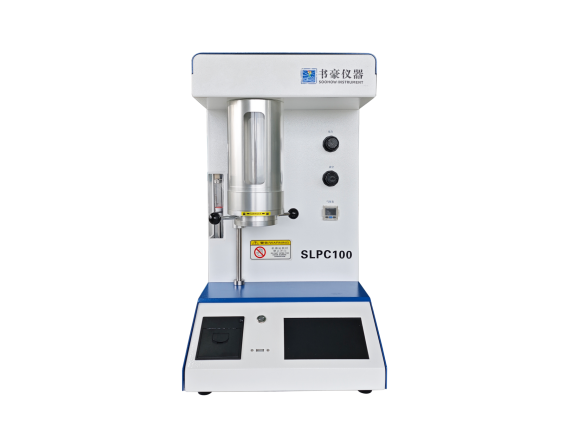 Oil Analysis
Oil Analysis
SLPC100 Desktop Oil Particle Counter
The SLPC100 is a desktop oil particle counter that employs the internationally recognized light obsc...
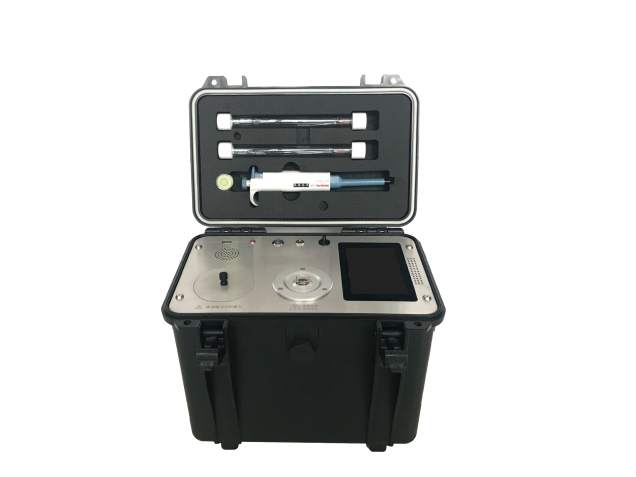 Oil Analysis
Oil Analysis
VS600 Portable Rapid Motion Viscometer
The VS600 Portable Rapid Motion Viscometer is a high-efficiency field instrument designed for fast a...
Ready to Find the Right Solution?
Our team can help you select the perfect products for your Mining Equipment Fleet applications